Sony Predicts Canon and Nikon Full-Frame Mirrorless Are Coming Soon, Canon Confirms It’s ‘On the Offensive’
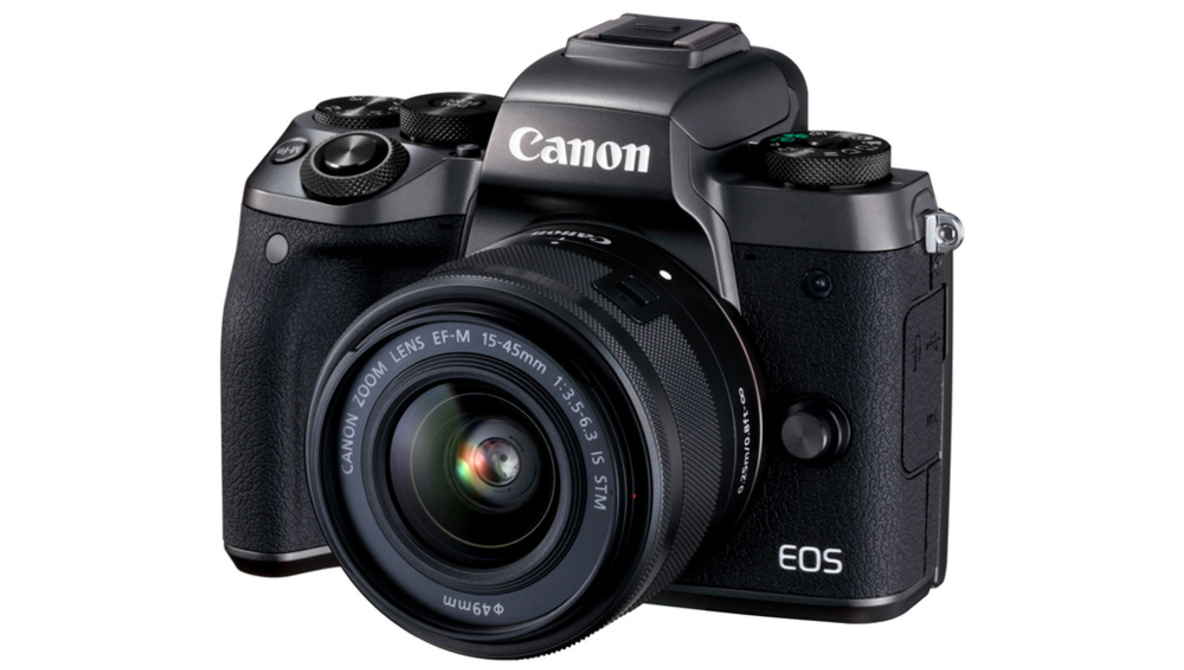
It’s not exactly news that Sony and Fujifilm are progressing by leaps
and bounds with their mirrorless offerings, while many are staring at
Canon and Nikon, waiting for a response. A Sony executive recently
predicted that just such a response is coming soon, and Canon confirmed
it.
DPReview recently sat down with Kenji Tanaka, Senior
General Manager of the Digital Imaging Business Group at Sony,
during which he predicted that by CP+ 2019 (likely held in early March),
both Canon and Nikon will have entered the full-frame mirrorless
market. As I write this, both companies are likely trying to address the
issue of flange distance and if this means they’ll have to abandon the
huge lead they hold in lens libraries or embrace larger mirrorless
models or adapters. Nonetheless, I think few will argue that regardless
of what they decide, they need to enter the market sooner rather than
later.
For their part, Canon has been increasingly adamant that they’re
taking mirrorless seriously and putting significant resources toward
research and development. At a recent corporate conference, CEO
Fujio Mitarai said that Canon will “go on the offensive” to take a
bigger share of the mirrorless market, with the overall goal of a 50
percent share of the total ILC market. Altogether, it looks like the
next year will be a very interesting one for photographers.

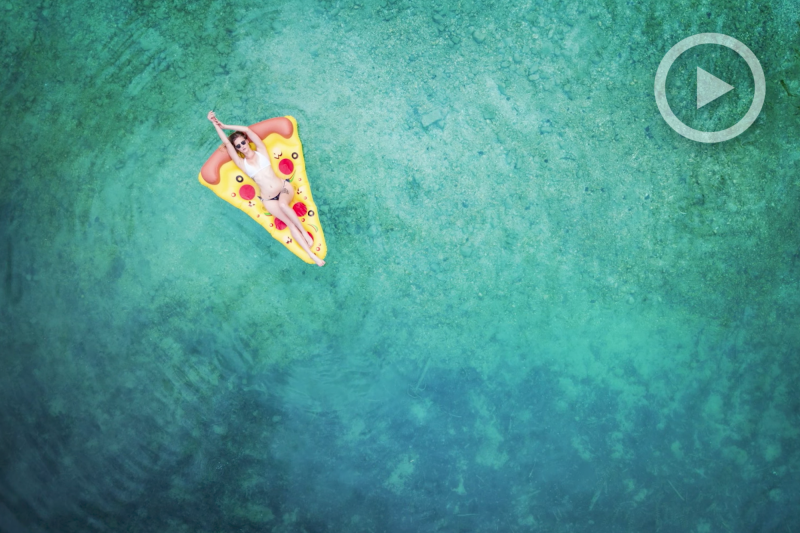
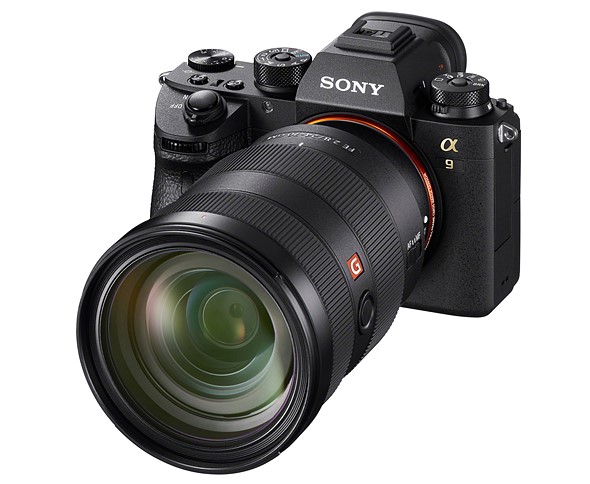
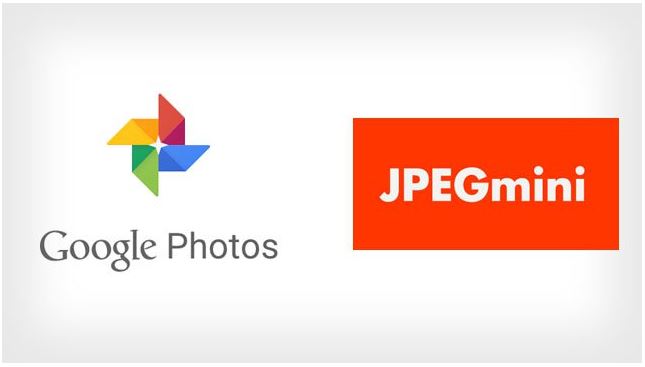
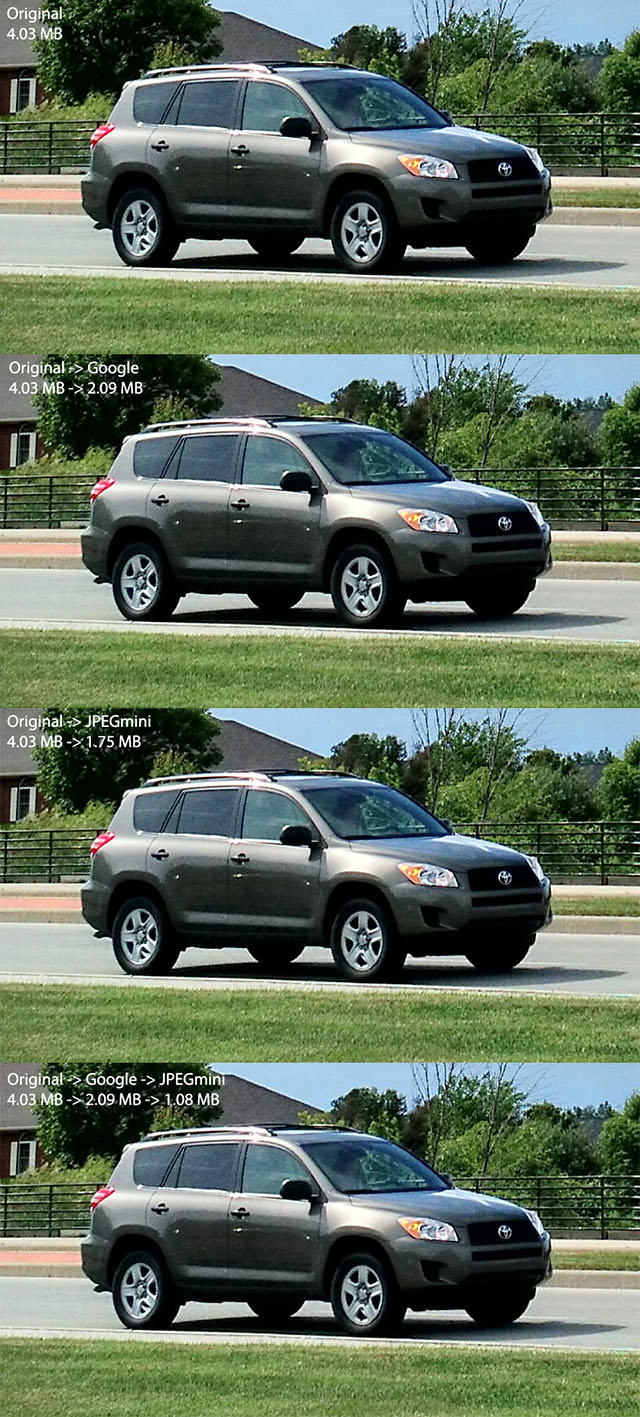

Recent Comments